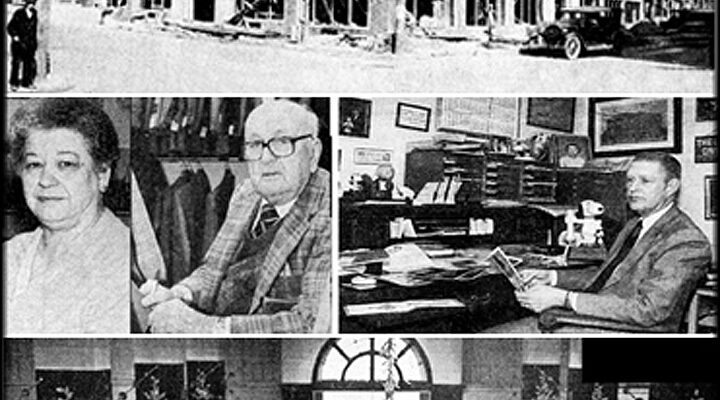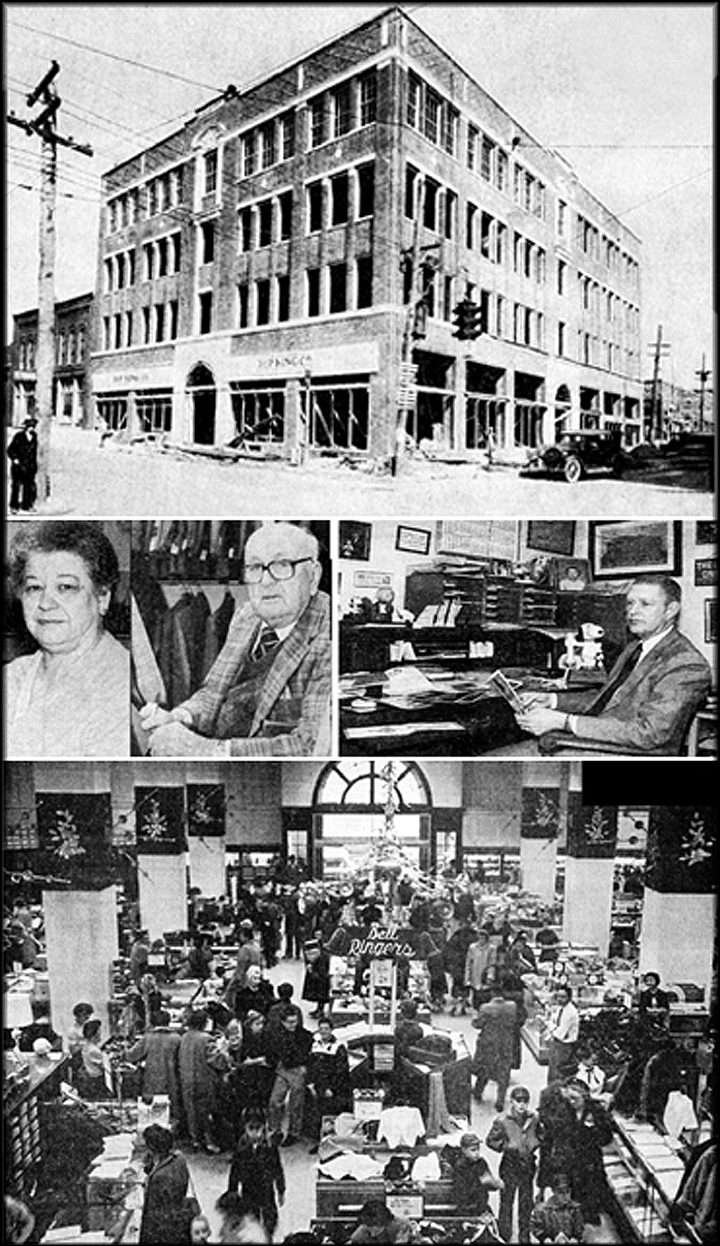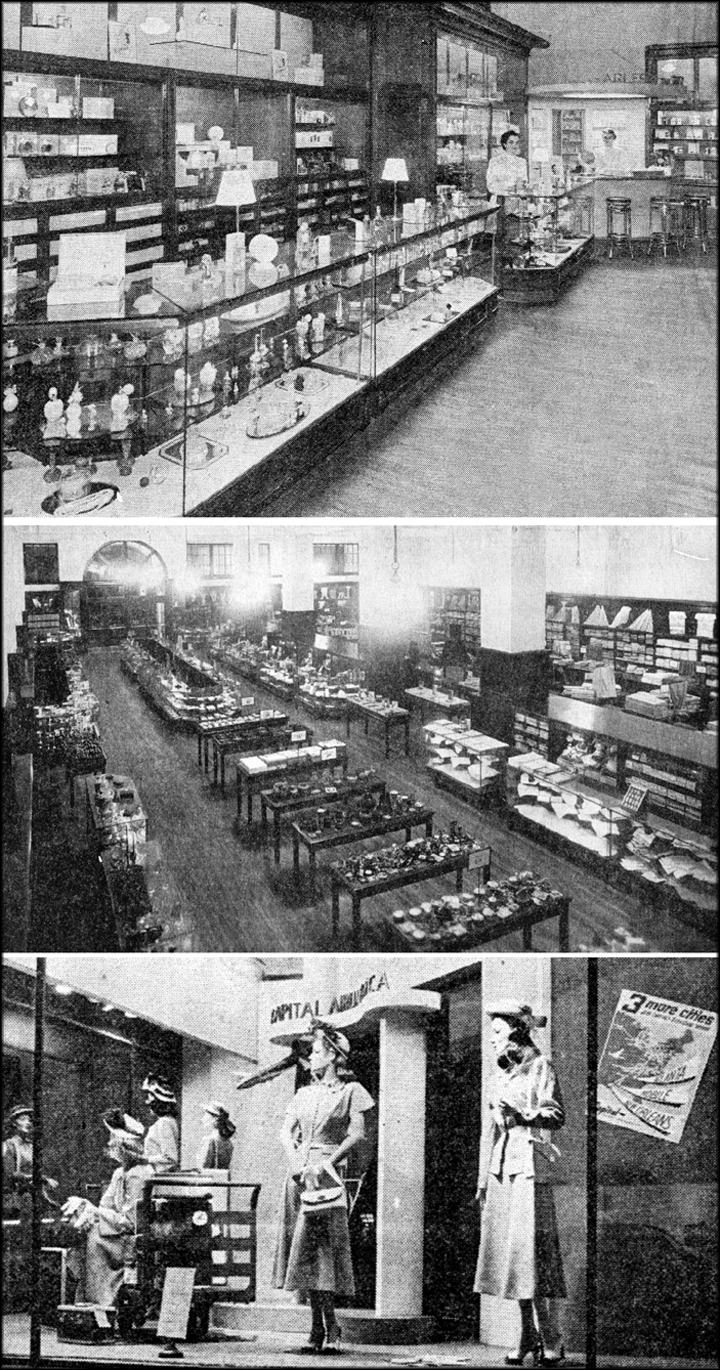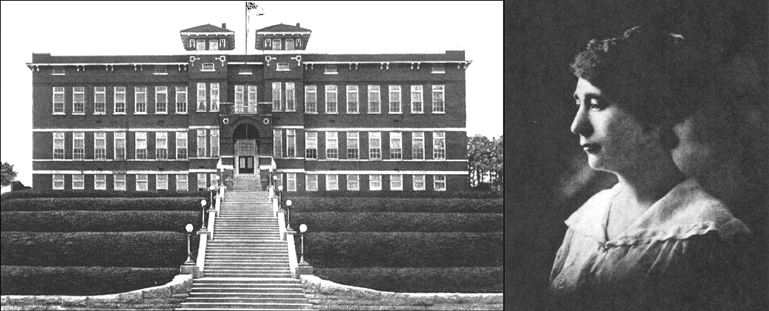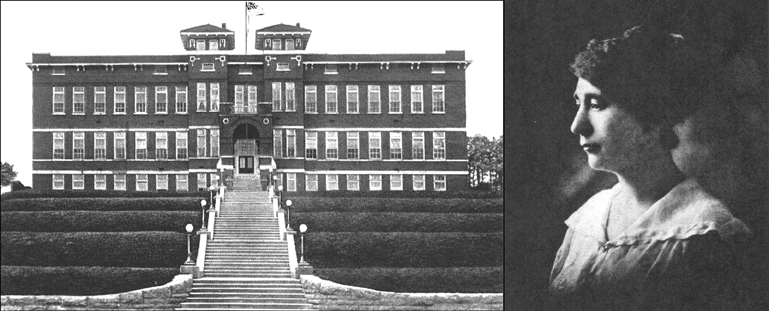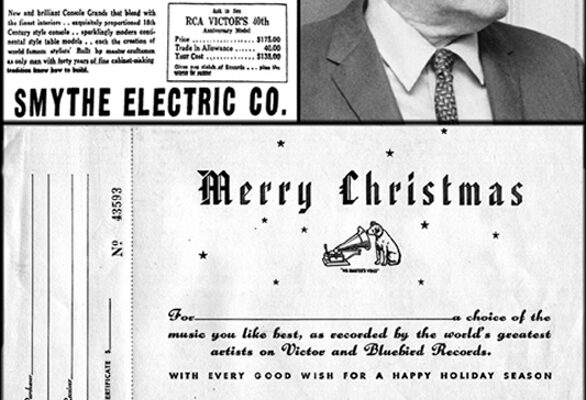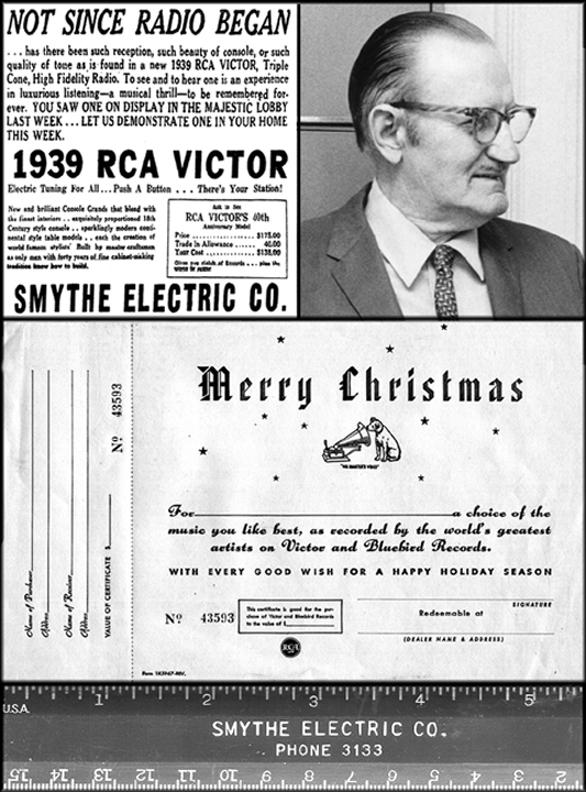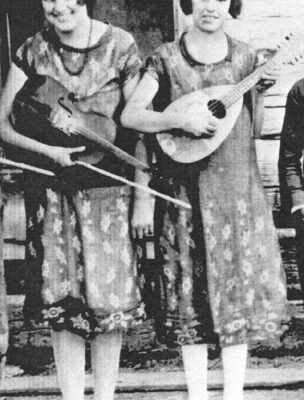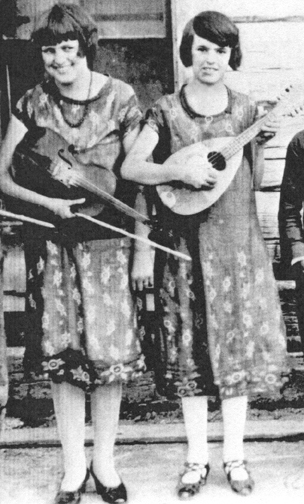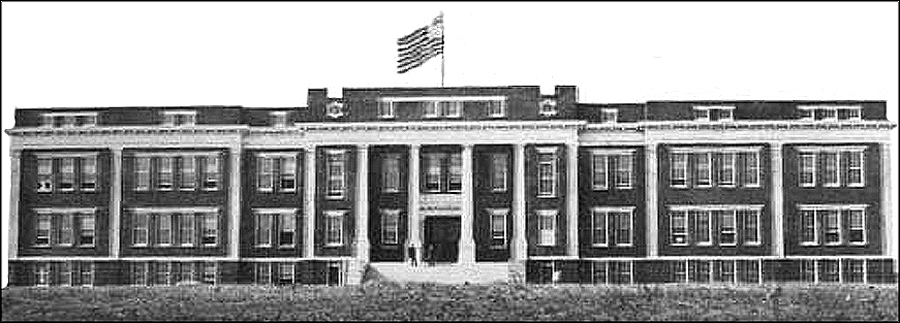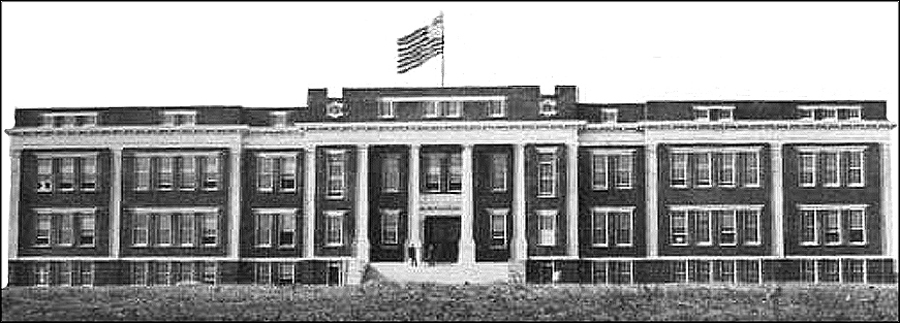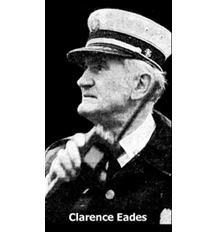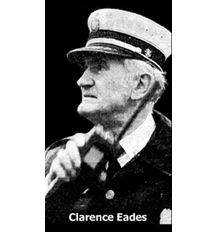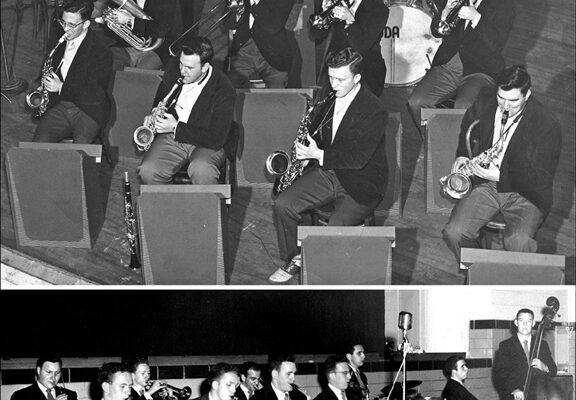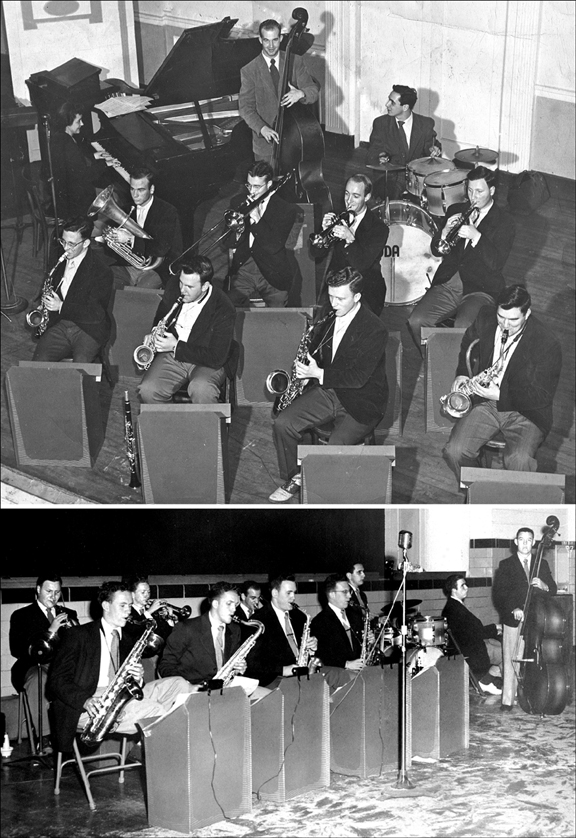On July 11, 1910, every business in Johnson City respectfully closed its doors until after the funeral of one of the city’s most beloved citizens. Congressman Walter Preston Brownlow, a nephew of the controversial William Gunnaway “Parson” Brownlow, died two days earlier at the city’s National Soldiers' Home hospital after a lingering illness.
The politician was instrumental in bringing the sprawling VA military complex to the city that opened in 1903. To honor the congressman’s momentous achievement, the city had a bronze statue fabricated, affectionately known as the “Lady of the Fountain,” and erected it on Fountain Square about 1904.
Mayor James Summers and other officials made the presentation on behalf of the city. The statue remained on the square until 1937 when it was relocated to Roosevelt Stadium. Eventually, it was sold and moved to North Carolina where it adorned a flower garden until 1983 when it was returned to the city. In April 2011, a replica of the statue was erected on Fountain Square.
Walter Brownlow was born in 1851 in Abington, Virginia. After his father died, he was forced to quit school at age 10 to earn a living. Over the years, he served as a tinner’s apprentice, locomotive engineer, reporter for the Knoxville Whig and Chronicle and owner of Jonesboro’s Herald and Tribune, a Republican newspaper.
Representative Brownlow, who served Tennessee’s First Congressional District in the U.S. House of Representatives from 1896 until 1910, completed seven terms in succession and was nominated for an eighth one. He surpassed other southern congressmen in appropriation achievements for his district, which totaled in the millions of dollars.
 and Family's Residence in Jonesboro (James H. Quillen VA Medical Center Historical Collection).jpg)
In 1881, Brownlow was appointed postmaster at Jonesboro, but resigned before the end of the year to become doorkeeper of the National House of Representatives of the 47thCongress. Following the building of Soldiers' Home, he was elected a member of its board of governors. He was twice the Republican nominee for United States Senator. In 1908, he was elected a member of National Congressional Committee. His initial term in Washington was in the 55thCongress.
Brownlow’s health declined in December 1909 after he was diagnosed with a kidney disorder known as Bright’s Disease. In spite of treatment at Johns Hopkins Hospital in Baltimore, his situation worsened and by May 1910 he was critically ill. He lingered several weeks before collapsing into a comatose state for three days with uremia poisoning. His death at age 59 came on July 9. Brownlow left behind a wife, five children and an estate valued at $250,000.
The funeral service was held at Memorial Hall at the Home. Six United States senators were in attendance including James Frazier and “Our Bob” Taylor of Tennessee. The memorial ceremony was conducted by the Reverend J.A. Ruble, chaplain of the home, and assisted by Reverend J.A. Osborne, rector of St. John’s Episcopal Church. Pallbearers, selected from the deceased’s special friends, were Samuel C. Williams, J.W. Howard, Eli A. Warren, Frank L. Britton, J.M. Fink and G.T. Wofford.
After a simple funeral service, Brownlow was buried at “The Circle” at the Home. The body was laid to rest on a scenic knoll overlooking the magnificent $2.5 million dollar facility.
History tells us that few men in public life met more obstacles and handled them more courageously than Mr. Brownlow. Although his career began in obscurity without the advantage of a college education, young Walter firmly grasped the reins of life and demonstrated in a striking way the vast possibilities that lie before self-motivated American youth.
 and Family's Residence in Jonesboro (James H. Quillen VA Medical Center Historical Collection).jpg)
